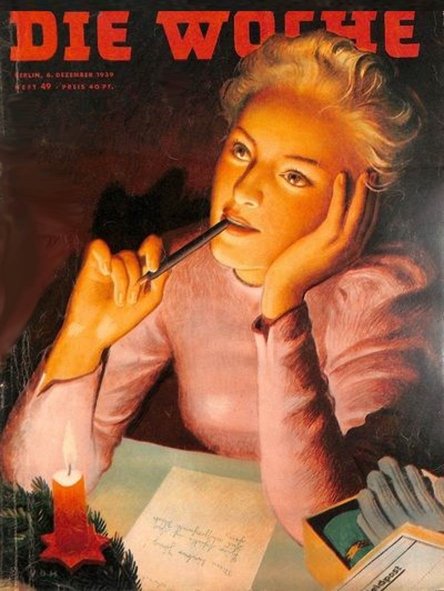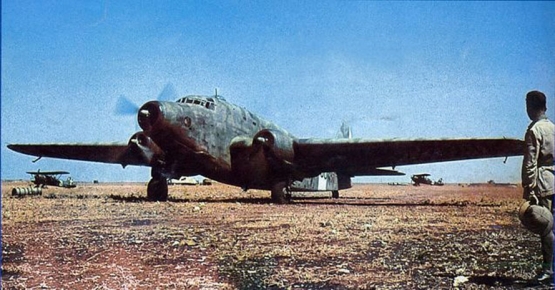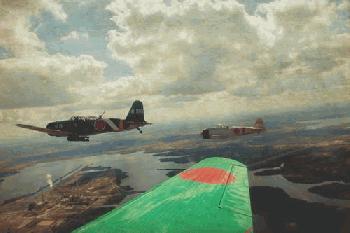Soviet Treaty Violations (U.S. Dept. of Defense, 1962)
This is a carefully cataloged list of the international treaties that the Soviet Union signed and agreed to abide by during the course of their first forty years (1920 – 1960). Printed next to these agreements are listed the dates the Soviets chose to violate the treaties and the direct results that ensued.
Promises are like pie crust, made to be broken. – V.I. Lenin
Click here to read about the Hitler-Stalin Non-Aggression Pact.










